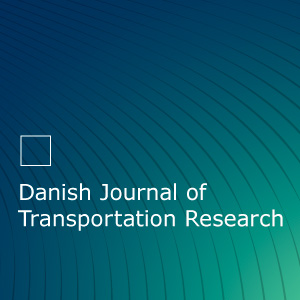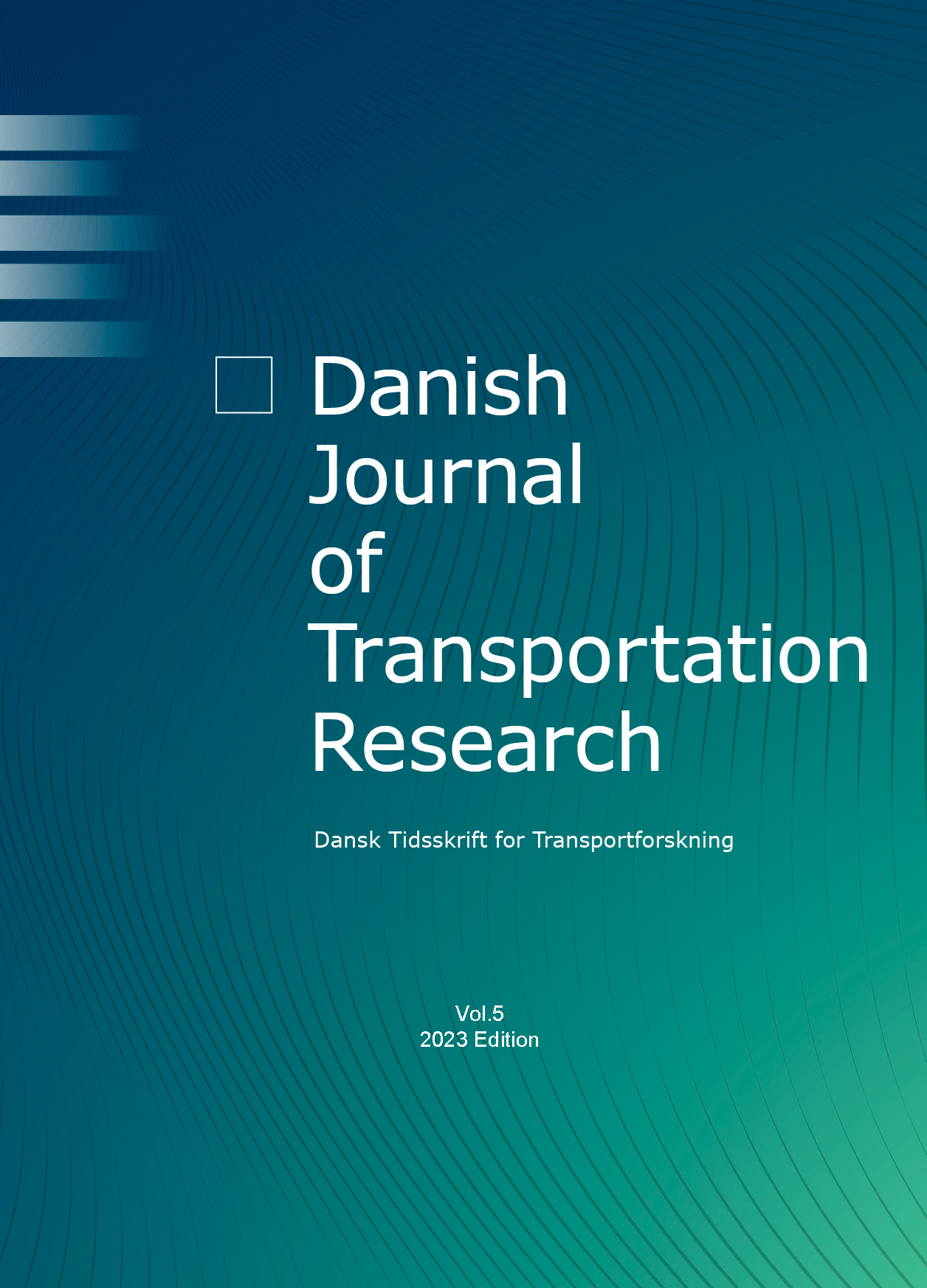Samkørsel i Danmark - Fremtidens mobilitetsform?
DOI:
https://doi.org/10.54337/ojs.djtr.v5i.7069Resumé
Har samkørsel et potentiale som fremtidens mobilitetsform, og hvordan kan brugen af samkørsel øges i Danmark er spørgsmål, der besvares i denne artikel. Dette undersøges gennem et litteraturstudie, en klyngeanalyse med baggrund i en spørgeskemaundersøgelse, fokusgruppeinterviews, samt en analyse af samkørselsdata fra samkørselstjenesten nabogo. Det er fundet, at samkørsel har et potentiale for fremtidens mobilitet, da danskerne er åbne overfor mobilitetsformen, og ser flere fordele ved samkørsel særligt med hensyn til klimaet og miljøet. Samkørsel bruges primært i fritiden, hvorved potentialet for samkørsel kan blive større i forbindelse med pendling til og fra uddannelse eller arbejde. Samkørsel kræver en kritisk masse, hvilket kan opnås på flere arbejdspladser, da disse skaber en fælles destination for mange medarbejdere, og det har vist sig at skabe en høj gennemførelsesprocent i et projekt med nabogo sammenlignet med tidligere danske projekter. Samkørsel bruges primært af den unge generation, hvilket kan betyde, at behovet for egen bil udskydes, eller at den kollektive transport fravælges til fordel for samkørsel. Brugerne af samkørsel bor oftest i en storby, og samkørsel opfattes ligeledes blandt danskere som et storbyfænomen, hvilket betyder, at der kan være et uudnyttet potentiale for samkørsel uden for storbyerne. Undersøgelsen fandt, at for at øge brugen af samkørsel, er det vigtigt at belønne brugerne af samkørsel og udbrede kendskabet til samkørsel gennem målrettet promovering og oplysning til danskerne.
Downloads
Publiceret
Citation/Eksport
Nummer
Sektion
Licens
Artikler publiceret i "The Danish Journal of Transportation Research - Dansk Tidskrift for Transportforskning" er licenseret under en Creative Commons Navngivelse-IkkeKommerciel-IngenBearbejdelse 3.0 Unported Licens.
Forfattere bevarer deres ophavsret og giver tidsskriftet ret til første publicering, samtidigt med at værket er omfattet af Creative Commons Attribution-licensen: Navngivelse – Ikke-kommerciel - Ingen Bearbejdede Værker (by-nc-nd). Læs om licensen på http://www.creativecommons.dk/om/.


